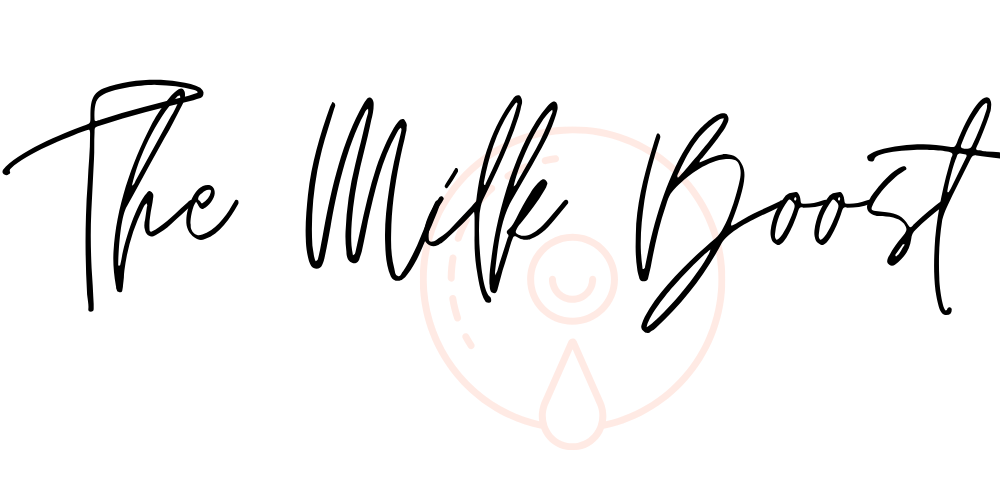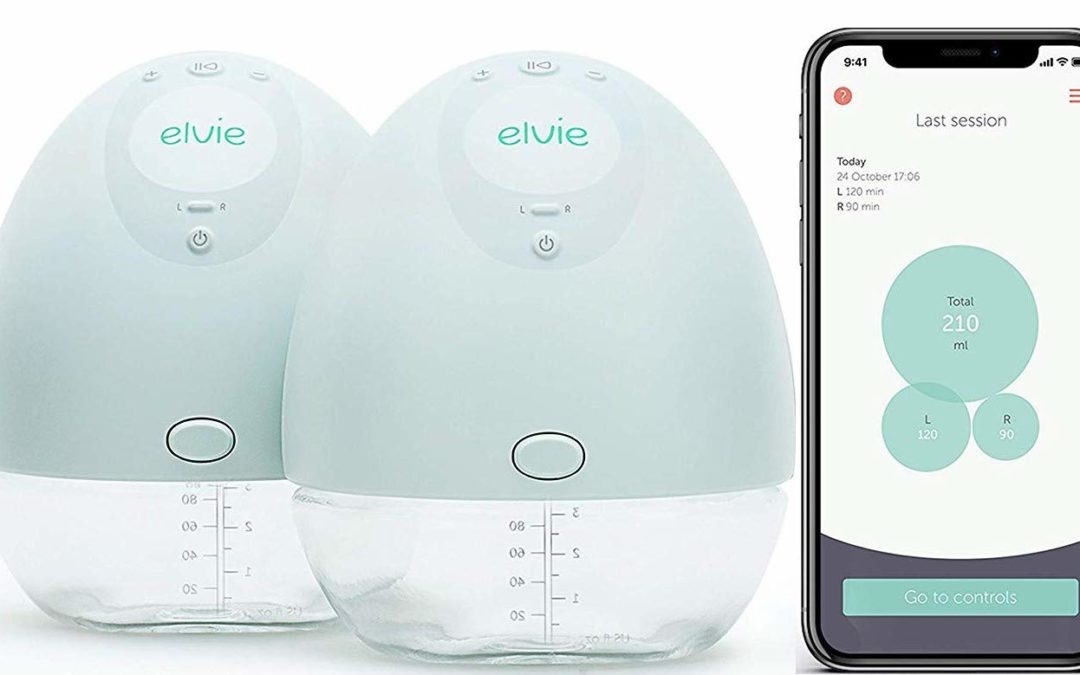
Andrea Tran RN, BSN, MA, IBCLC
I often get calls from moms asking for help in choosing a breast pump. There is a dizzying array of breast pump choices. It is easy to understand why it makes women feel overwhelmed.
In order to choose the breast pump that is right for you, first, you need to answer some questions
Questions to Ask When Choosing a Breast Pump
Why Will I Be Pumping?
Some moms pump for an occasional relief bottle. Other moms pump while they are working full time. Some moms pump exclusively.
How Often Will I Be Pumping?
- Exclusively pumping
- Pumping daily – one or more times a day
- Primarily breastfeeding and pumping for an occasional bottle
- Pumping only for emergencies
Will my insurance provide a breast pump for me?
- Most insurance companies in the USA provide new moms with a breast pump. This one is HSA approved.
- Some insurance companies have one pump they will send you
- Other insurance providers will offer a choice of pumps
What Is My Budget for a Breast Pump?
Some women will be getting a pump on their own or putting it on their baby registry.
- Their insurance does not provide a pump
- They may not like the pumps offered by their insurance
- They may want a particular pump
- Once they start pumping, the insurance pump may not meet their pumping needs.
Pump prices go from $10 for some manual pumps up to thousands of dollars for a top of the line hospital grade double electric breast pump. This is a good affordable pump!
Breast Pump Options:
A manual pump is operated with your hand and pumps one breast at a time. If you are super coordinated, you could get two manual pumps and pump both breasts simultaneously. This one is top-rated on Amazon, and in our top-product list as well!
Moms often use manual pumps like the Haaka at the same time they are breastfeeding. This is a good option for a mom who wants to build a milk stash but doesn’t have extra time to pump.
A manual pump is an excellent choice for the mom who only needs to pump once in a while. It is also a good choice for the woman who doesn’t plan to pump but wants something in case of an emergency.
I recommend moms have a manual pump in their car for any unexpected pumping needs.
Some pumps can pump one breast only. A double pump will allow a mom to pump both breasts at the same time. This is a time saver. Single pumps are more affordable, so if you don’t need to pump that often, and don’t need to worry about milk supply, a single pump might be a great way to go.
Also, double pumping creates higher surges in prolactin. Prolactin is a key hormone involved in making milk.
Some moms may have a double pump and only need to pump one breast at times. Other moms want the suction strength of a double electric pump but prefer to pump one breast at a time. The vast majority of double pumps provide this alternative. Be sure to read the instructions, though. There may be specific things that need to be done to the pump so it will operate properly when only single pumping.
Battery Operated Breast Pumps
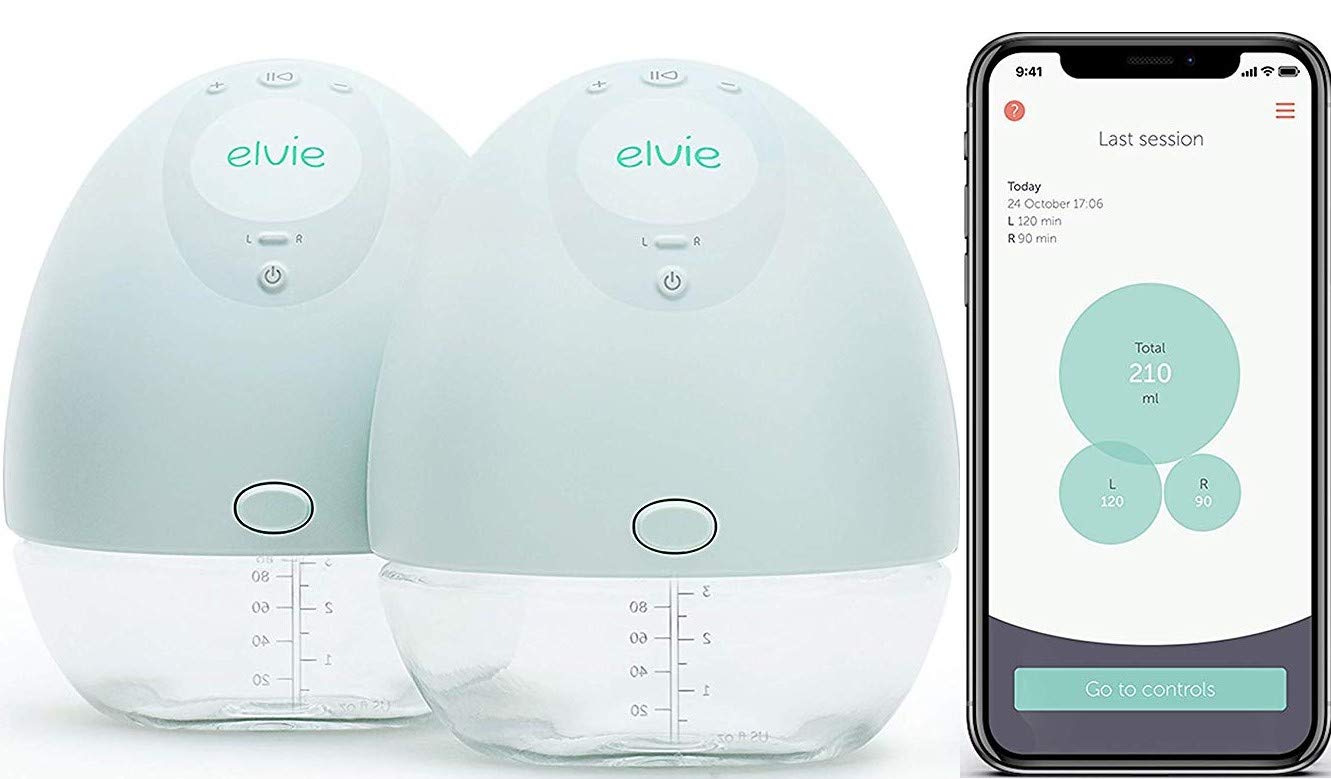
Some pumps work with regular batteries. These are often single pumps.
Other battery-operated pumps like the Willow and Elvie are rechargeable. These two pumps are hands-free and worn inside your bra. Hands-free pumps like these are good options for busy moms or working moms who want to pump more frequently but don’t want to take a full break.
These pumps are not silent, so you probably wouldn’t want to wear them during a meeting. But if you want to multi-task when you are working on a computer, this type of pump is an excellent way to do that.
Double Electric Breast Pumps

Double electric pumps are a popular option because they allow you to pump both breasts at the same time, and you don’t have to worry about recharging them. You do need access to an electric outlet or car charger. Using a car charger usually requires a special adapter.
When using a double electric pump using a pumping bra will enable you to pump hands-free.
Spectra breast pumps are very highly rated on Amazon. I have gotten very good feedback from moms about this brand of pump.
Be Flexible When Deciding Which Is The Right Pump For You
While you may have an idea about how pumping will look for you, it may change after your baby arrives. Some Moms didn’t plan to pump much at all and ended up needed to pump exclusively. Some moms planned to exclusively and after their baby was born decided instead to breastfeed primarily.
What Is Power Pumping and How To Be A Power Pumping Boss
Most pumps cannot be returned once they have been opened. For that reason, I do not recommend opening the pump until your baby has arrived, and you are going to start pumping.
When Should You Consider Renting a Breast Pump?
A hospital-grade rental pump is the best choice when a baby is not breastfeeding at all. It also should be considered if a baby is not feeding effectively.
- A premature baby
- A sick baby who is unable to breastfeed
- A mom who plans to exclusively pump right from the start
- A baby who is small or has a physical condition resulting in ineffective feeding.
- Cleft lip or palate
- Down’s syndrome
- Other neurological or physical conditions that interfere with effective feeding
Pumps For Moms Who Are Exclusive Pumping
I would advise a mom who is going to be exclusively pumping to start with a hospital-grade rental pump. She should use this for the first month of pumping. A rental pump will provide her optimal stimulation while she is establishing her milk supply.
If she wants to transition to a purchased pump, I recommend that she keep the rental for the first week that she is using the purchased pump. This will allow her time to see if the purchased pump is enough to maintain her supply.
How To Produce More Breast Milk When Pumping Without Hating Your Life
Is It Okay to Get a Used Breast Pump?
Most breast pumps sold are considered to be a personal item from a hygienic standpoint. They are intended for one mom to use for one baby.
I do not recommend using a personal pump that has been used by someone else. There are two reasons for this.
- Personal pumps have a motor that will operate at maximum function for a certain period of time. After a while, they will wear out. My experience has been that most of the time, there is a slow decline in function as opposed to the pump just stops working altogether. A failing pump can result in reduced milk production when pumping.
- Another reason I don’t recommend used pumps is that bacteria and viruses can be transmitted by breast milk. This can depend on how the pump is made. I have heard of people taking them apart and finding mold growing inside the pump. Since this is your baby’s food, you don’t want to take chances.
I have had people tell me that the used pump they were getting had barely been used. I worked with one client who told me that. I had worked with the mom who sold her the pump, and I knew that first mom was using that pump several times a day for eight months. I guess people have different definitions of what barely used means.
For all these reasons, I do not recommend getting a pump that has been used by anyone else.
Rental pumps are made in such a way that contamination is not a concern. Their motors are manufactured to last for heavy-duty use for years.
Now that you know what to consider when choosing the right pump for you, it is time to start shopping!
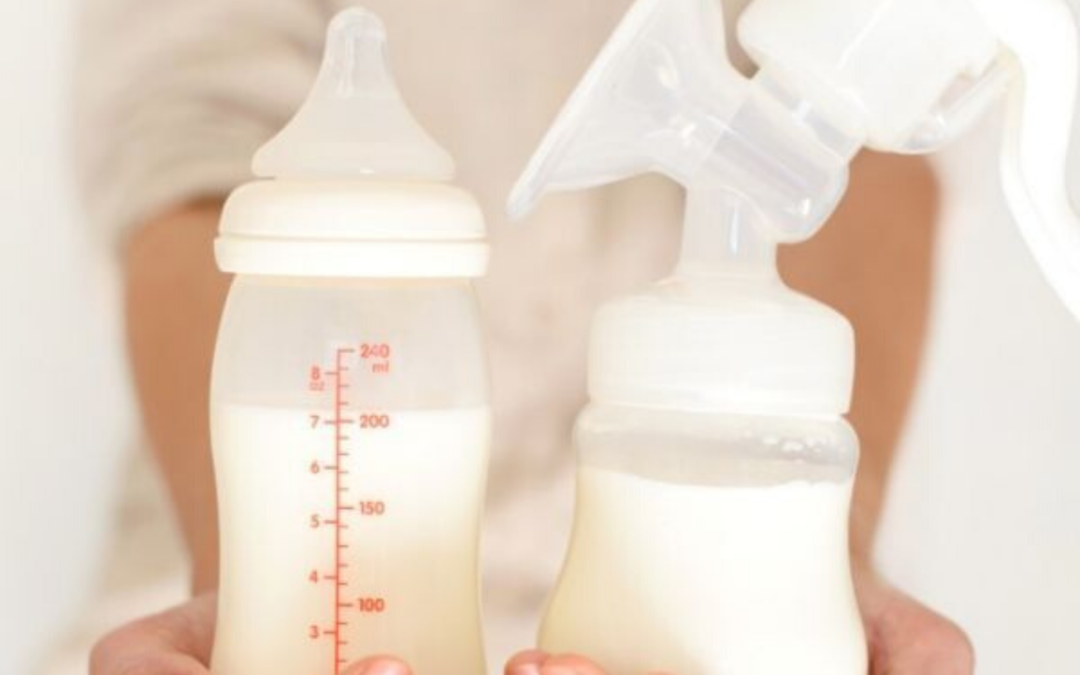
Power pumping is a technique many mamas use to boost their milk supply, and ultimately get more milk stored up. When power pumping, you start with 10 minutes of pumping, then take a break for 10 minutes. Start pumping for 10 minutes, then break for 10 minutes. This usually lasts for about an hour, and helps your breasts get into a rythm of filling back up quickly.
Think of power pumping like a workout for your boobs.
Rather than aimlessly pump dribbles of breast milk for an hour, you give your breasts a break, and allow them to fill back up. Your body will learn the demand cycle, which in turn helps to increase the supply during this time. Power pumping isn’t a great method to increase your miilk supply for the long term, but it can be used to get as much milk as possible in the hour that you are pumping.
What is the theory behind power pumping?
Power pumping is supposed to simulate how a baby would breastfeed when going through a growth spurt. When a baby is growing, their tummies are still small, but they need more milk to sustain their growth. A baby will nurse in short bursts because their tummy gets full, but they soon need more nourishment. The power pumping schedule is a way to replicate this process, and signal an increase in demand for more supply.
Does power pumping really work?
Yes, it can work, depending on your natural milk supply, and the quality of your pumping session. The key is to set yourself up for success with the right pump and falanges, as well as the proper nutrition and care BEFORE you pump. If you jump straight into your power pumping session with no prep work, you may find the results less-than worth all the time. Let’s chat more about how to prepare for your power pumping session.
5 Important Prep Steps For Your Power Pumping Session:
Drink a morning lactation smoothie.
We highly suggest a lactation smoothie made with this lactation protein powder because it has all the herbs and nutrients a breastfeeding mama requires for a healthy postpartum and lactation. You technically can just drink this powder with milk or water, and it tastes amazing unlike many other products on the market, but we suggest you blend it with oats, frozen berries, spinach, avocado or banana to add even more milk-boosting foods.
Drink extra electrolyte-enhanced water.
Grab some gatorade or powerade, or any electorlyte water that will help keep you hydrated and balanced. This will help keep your hydration levels optimal for excreting more liquid.
Grab a massager to help.
To make the most of your pumping session, you can use a massager like this one to help stimulate your breasts as much as possible. Try using this while nursing baby, so your body associates the stimulation with your baby. This can help signal a let-down just a little faster.
Shorten time between feedings for baby.
To help your body, try shortening the time between feedings with your baby BEFORE you power pump. This can really be helpful leading up to your session because your body will already be accostomed to filling your breasts up sooner. By starting the pattern with baby, it will be easier for your body to continue this pattern with the pump.
Make sure to choose a quiet time.
Power pumping can be very stressful with interuptions. The best time is when baby is sleeping, and if you have other children, when they are either in school, taking a nap as well, or watching TV. If this doesn’t all happen at once during the day, you may need to power pump when everyone has gone to bed. Your session will be much more successful if you are relaxed and uninterupted.
Power pumping is a great way to boost your milk supply quickly, but it isn’t a long term plan to increase your supply as a whole. You can try power pumping a few days in a row, but make sure to read our 7 best tips to increase milk supply, so you can combine those tips with a power pumping plan to really get your milk supply flowing!
And make sure to join our private Facebook Group for more tips, support and advice on all things breastfeeding and pumping.
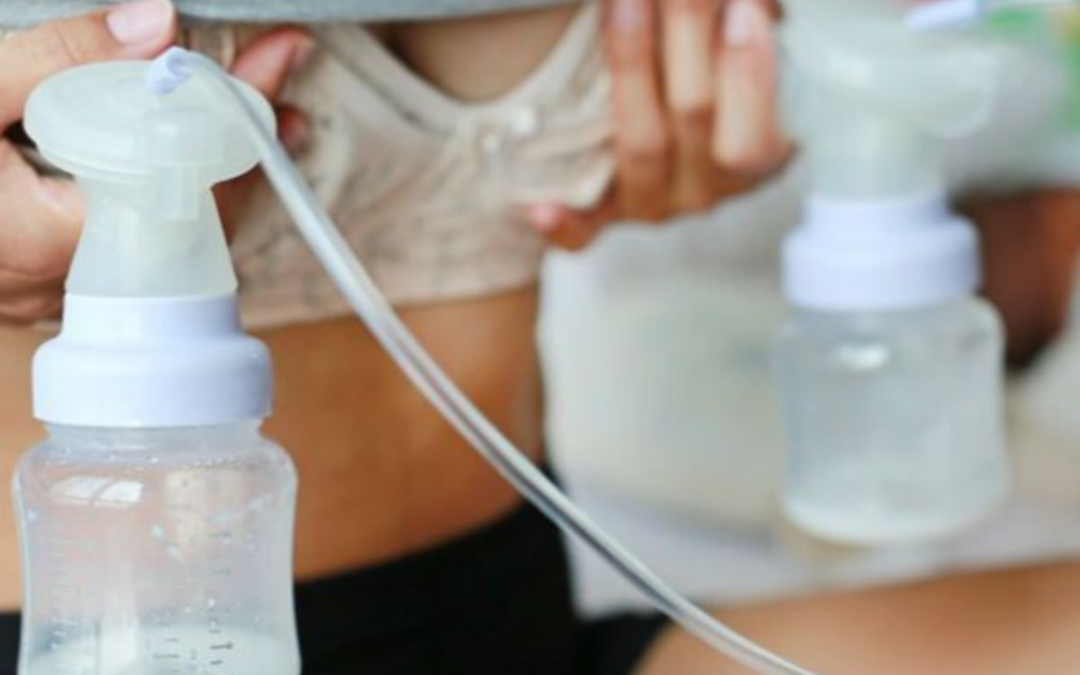
You can produce more breast milk when pumping, without beginning to hate your life or feel trapped to a machine with some simple tips and tricks that actually work. These are the tips our mother network actually found that worked for them, as well as our expert team agrees with.
In order to product more breast milk when pumping a new mother needs to focus on two goals:
- increase her overall milk supply
- teach her body to think of the pump as baby
These may seem obvious, but by breaking down our goals, we can solve our problem of producing enough breast milk at the pump.
Why do many women have trouble producing enough breast milk while pumping?
The pump can be difficult for many mamas because firstly, it isn’t your baby. There are pheromones emitted, chemcials released and other unseen factors between a mama and a baby that stimulate the milk supply. A machine simply can’t do this. The machine can only mimic the sucking portion – that’s it. Not cuddles, baby noises or even baby’s face to stimulate the let down. Add in the fact that many mamas are resentful when pumping, or even in pain while pumping, and those emotions are detrimental to lactation because lactation requires oxytocin, the feel-good chemical.
Knowing why you aren’t producing enough milk while pumping is important, so you can jump on these important tips to encourage that breast milk to come out when you really need it!
How To Produce More Breast Milk When Pumping:
Get the right pump:

This is really important. Getting the right pump that will make sure you are more comfortable is essential to producing the breast milk you need. Many mamas are now opting for hands-free pumps, which is completely genius. Being able to conintue moving around through the day can help keep your mind off of the fact that you are pumping. This is a great hands-free pump on Amazon, and we’ve compiled a list of our best-rated products on the site to help you decide.
We will have a post coming soon on exactly how to choose the best pump for you. This is one of the top rated, hands-free breast pumps, and manual pumps can be very effective as well.
Keep baby close while pumping:
Hold your baby, look at baby, talk to baby and keep your connection to baby while you are pumping. Many mamas do much of their pumping when the baby is sleeping, in the car or at work – away from baby. The key to producing more milk while pumping is to keep baby as close as possible. Pumping is a machine-process, and the best way to make it less machine-like is to keep the physical connection between you and baby during the pumping.
Manual pumps have been know to help increase the amount of breast milk produced when pumping. They offer a slightly different latch and sucking method than machines, which can help increase your milk production. The Haakaa has over three thousand reviews on Amazon, most of the 4 or 4.5 stars, so the proof is there that a manual pump can really help.
Drink a lactation-boosting drink prior to pumping:
A couple hours before your pump, or idealy at breakfast, add some lactation-boosting herbs and nutrients to your diet. Herbs and nutrients are more valuable than many moms realize. We highly suggest a lactation smoothie made with this lactation protein powder as your breakfast. The extra nutrients from the fruits or veggies you blend, with the very specific nutrients and herbs in the powder are very powerful. In the reviews, many mamas report an incresae in their milk supply within the first day of using.
Nurse baby on one side, while pumping the other:
You can immediately produce more breast milk while pumping by using baby to help. If you nurse baby on one side, the let down on the other will happen, and help produce more breast milk while pumping. Use baby on the other when you switch to help the let down on that side too. This can immediately increase your milk production while pumping, but does take some catching up with your supply through the rest of the day or night.
Add more feeding sessions with baby, then switch to pumping:
You can pump up your supply, ideally a day or so before you know you need to pump more, by using baby. Your body will adjust to baby’s demand, even if they aren’t drinking much, but the added sucking will boost your body’s production. Then, the next day, use your pump for those added feedings, so you can pump and store more milk. Your body will adjust to this demand, and hopefully keep up the production while pumping.
With these tips, you can produce more breast milk while pumping.
The assumption is that you have a great pump and good falanges with the right fit. Make sure you are signed up for our mail list, because we will have more posts and information on finding the right pump and fit.
There you have some of the best tips to produce more breast milk while pumping.

